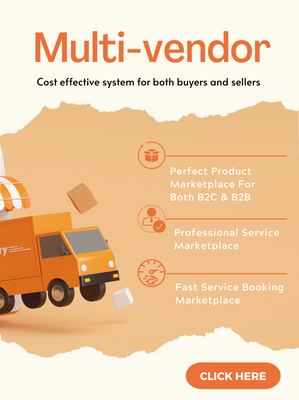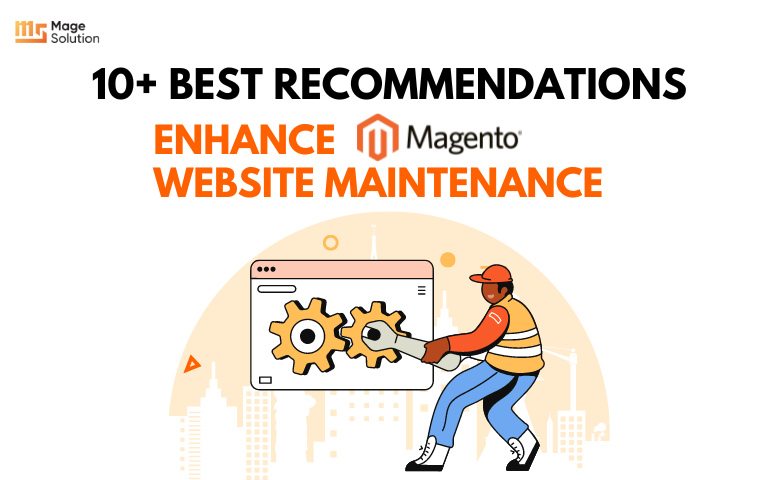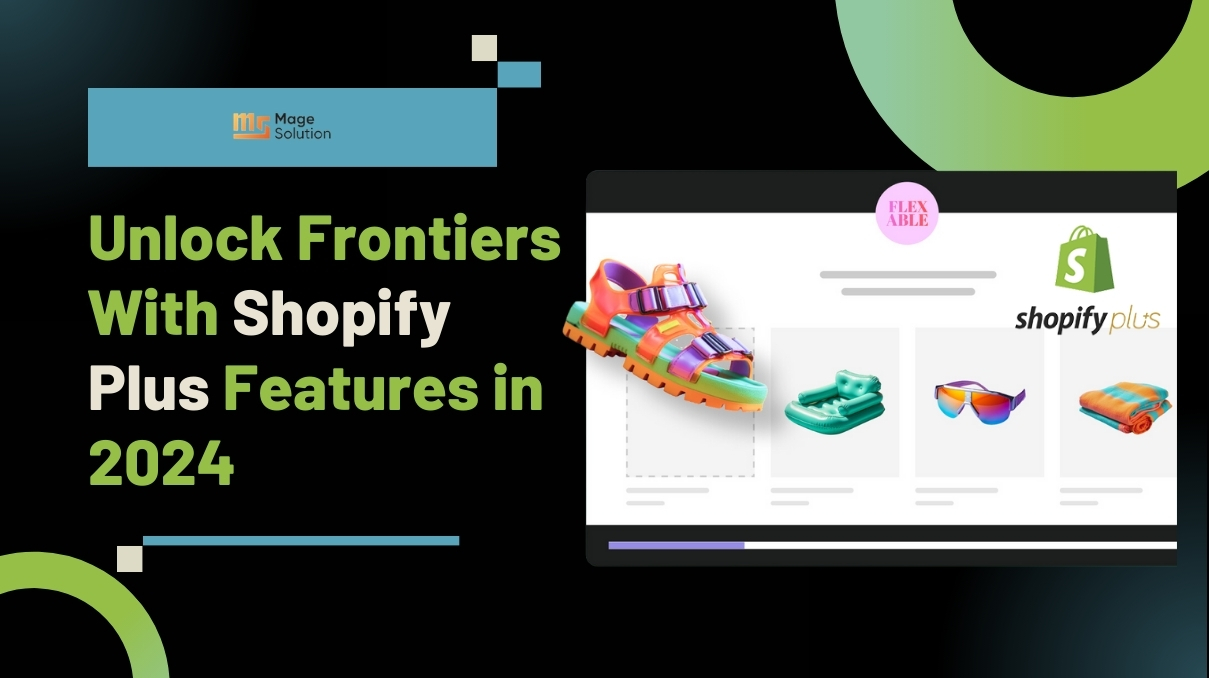Your cart is currently empty!
Ecommerce trends 2021: Future of ecommerce forecasted for 2021
The ecommerce world is becoming increasingly competitive. To stay ahead of the competition, ecommerce trends need to be continuously monitored. No matter how grow up your ecommerce business is right now, if you don’t keep update with ecommerce trends, you’ll risk falling drastically behind. To help you develop your business for the next step in the ecommerce story, here are 10 ecommerce trends 2021 to watch out for in 2021
Ecommerce trends: Future of ecommerce forecasted for 2021
The year 2020 was a enormous one for eCommerce given the effects of COVID. The pandemic sped up changes across several verticals, and that acceleration is forecasted to continue in some capacity as we change into 2021 and beyond.
1. One-click Ordering
One of the ecommerce trend for mobile users in 2021 is the one-click purchases on ecommerce website. Making an order online has historically required quite a bit of information from the customer. Shopper name, credit card number, credit card expiration, shipping address, billing address, email address, and so on. Filling this information manually each time a shopper need to purchase something on a website can be pretty irritating resulting in bigger cart abandonment rates.
Recently studies show that the highest abandonment rates are from mobile devices with an abandonment rate of almost 82% compared with around 75% from computers.
One-click ordering makes it possible for shoppers to complete the entire buying process in just one click, likely resulting in lower abandonment rates on the ecommerce website
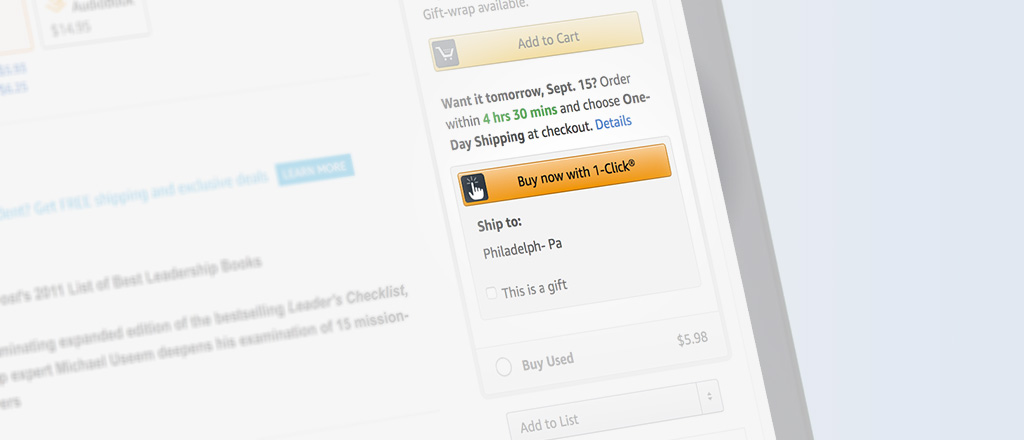
2. PWA
Progressive web apps (PWA) assists customers to buy products across connections, devices, or operating systems. In the future, PWA is likely to replace web or native apps. Progressive Web App helps the online shopping experience as smooth as possible and is forecasted to dominate and transform the landscape of the eCommerce business.
AliExpress, an Alibaba site, has pioneered the application of progressive web applications in commerce and claimed that creating great mobile experiences through the PWA platform helped them to grow three times faster than an eCommerce website. There are some ways to prepare your eCommerce site for PWA
- Create a progressive web app (PWA) for your eCommerce websites. PWA’s load faster than a website and helps visitors to view pages that they have previously browsed without the internet.
- Implement accelerated mobile pages (AMP) for customers who visit your site using smartphones.
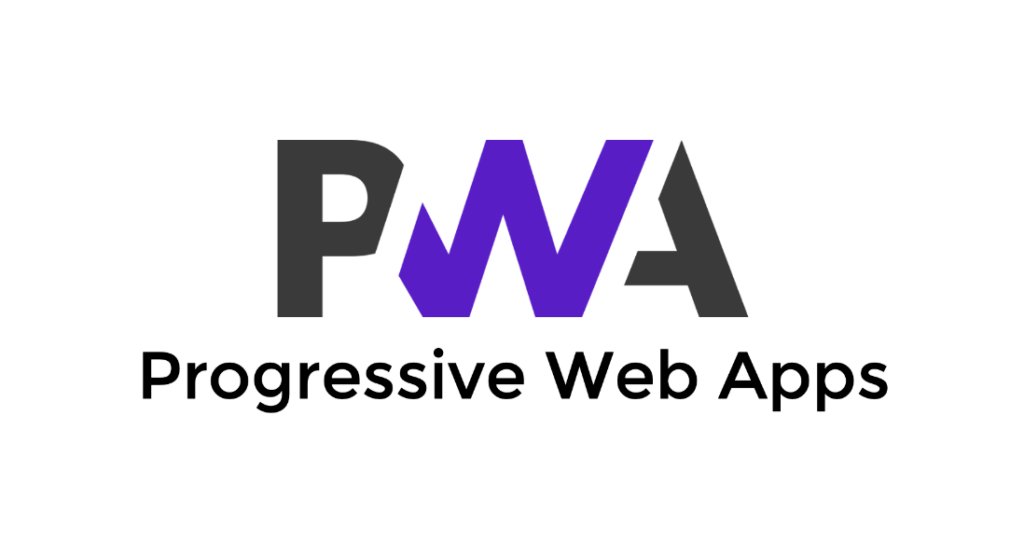
3. Voice Commerce
Voice commerce is becoming popular fastly, as it helps to expand the customer base, enhance customer retention, and satisfaction. Voice commerce sales are forecasted to reach $50 billion by 2022, according to data from OC&C Strategy Consultants. You can take the advantage of Voice commerce by
- Optimize your content to enhance the opportunity of appearing in voice searches.
- Add a new skill on Alexa and Google voice assistant devices.
- Provide voice-based navigation on your eCommerce website and mobile app.
- Make sure your products can be purchased with a simple flow using voice command.
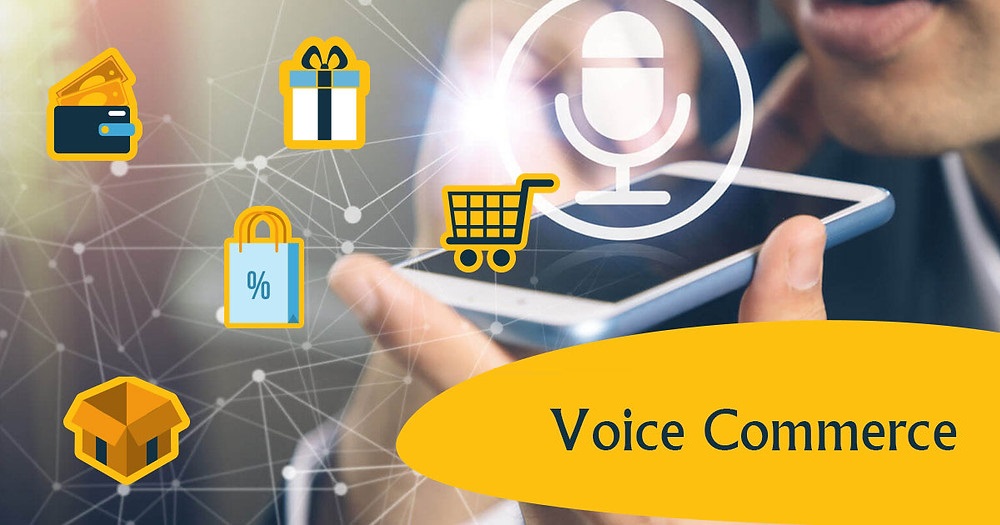
4. Omnichannel Shopping
Omnichannel retailing refers to providing customers a seamless and consistent experience across channels and devices. Most businesses are already aware that clients need to view content in multiple ways. Tablets, mobile phones, and desktops are just the beginning.
Amazon Pinpoint and Amazon Personalize are two products from Amazon Web Services (AWS) that allow brands to enhance the user experience and communicate with clients across multiple channels. Check out some effective ways to provide a seamless omnichannel experience.
- Optimize your eCommerce website for mobile devices. If you have the budget, then build a mobile app or a PWA.
- Personalize the customer experience at every step possible.
- Use tools like SAP Commerce Cloud to make sure a personalized and comprehensive eCommerce experience with end-to-end online retail processes.
- Provide various purchase options, such as
- Buy online, pick up in-store
- Buy in-store, choose home delivery
- Buy online, get doorstep delivery
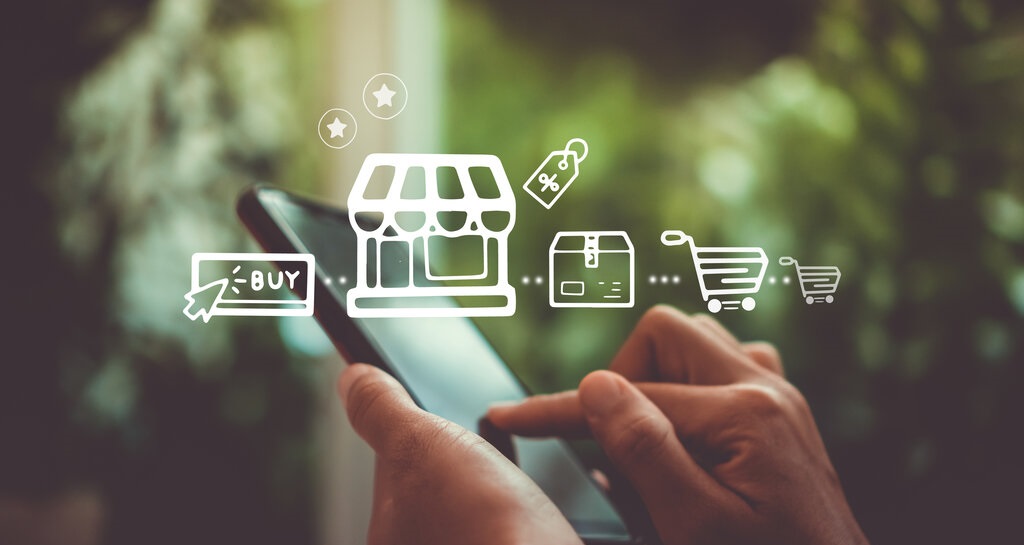
5. AR/VR
Check out >>> Claue Magento 2 Theme to improve product visualization with Product 3D & AR modules
Augmented and virtual reality is another E-commerce trends 2021, which built a lot of conversation among eCommerce folks. Businesses are using AR not only to improve the customer experience but also to allow customers to test and explore products in the way that they would do during an in-person shopping experience. You can learn from what IKEA does or more. For example, in your lipstick product page, spend a room for AR experience by change the “add to cart” button with a “try.” When customers select to try an items, they can put the color on themselves or use a default model. That time, the AR feature is somewhat similar to Snapchat’s filters.
6. Dynamic Pricing
Dynamic pricing can be a crucial marketing strategy in the eCommerce age. This brings online vendors the ability to be more knowledgeable about current market requirements and be fully briefed about rivals’ and shoppers’ actions, helping them boost their conversion.
Even if you sell the best product in the world, if you don’t price it correctly, you won’t create enough sales.
Make sure to select a suitable price for your products. By “right,” I mean the amount at which you have the best opportunity of selling your items while making the maximum possible profits.
Use dynamic pricing software to set the best price for your products. These tools provide real-time insights into your competitors’ prices, market demand, and perceived value of your products to estimate the optimal cost.
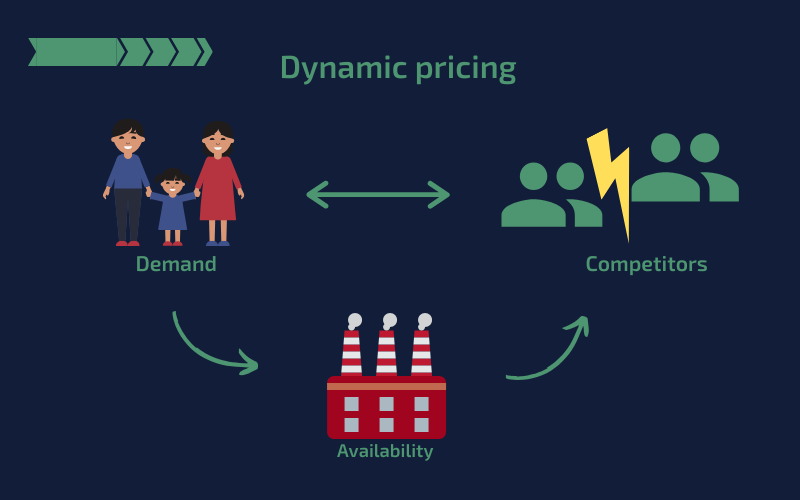
7. Visual Commerce
Visual commerce means that using imagery not just on product pages, but also on your entire website to entice visitors to engage and convert. Major retailers like Bose, for instance, are already using visual commerce to influence customers into buying. They use high-quality images on their homepage along with shortcuts to buy the product directly.
- Change your default products from JPG to JPEG2000 or WebP formats to enhance quality and loading speed.
- Generate 360-degree images or videos of your top-selling items
- Invest in a visual search tool to allow shoppers to search for products using images.
- Repurpose user-generated content on your product pages to create interests.
- Create visual shopping ads on Pinterest to attract traffic to your website and boost sales.
8. New Payment Options
Payment options are one of the major reasons why customers select a specific brand. If you don’t provide your clients’ preferred payment method, they won’t buy from your eCommerce store. Most eCommerce businesses accept digital wallets (like Google Pay, Samsung or Apple Pay, and PayPal) apart from debit and credit cards. Cryptocurrencies, especially Bitcoin, have many advantages for online shop owners, such as low transaction fees and no reverse transactions.

9. Self-service platforms
2020 has changed the narrative and shown us how quickly small businesses and solopreneurs can digitally pivot their businesses. Rather than going the expensive route the first time around with your eCommerce store, search for platforms that can help you get up to speed quickly.
If your business is already established, consider generating templated content that can help your customers get up to speed quickly with using your products or handling a common issue within your industry.
10. Shoppable video ads on social media
Social media consumption won’t slow down in 2021, and companies will begin to advertise in various ways on channels such as TikTok and Instagram. Many businesses have already started to take a lot of value from placing ads in stories on apps like Instagram and Snapchat, so this is just the next step in the evolution of social media selling.
In 2020, we’ve seen Facebook launch Instagram Shops and Shopify partner with TikTok. In 2021, we’ll see what business can do with these improvements
Keeping up with the latest Ecommerce trends 2021, including both backend efficiencies and frontend conversion-optimizing experiences, is paramount to growing in the retail landscape of 2020.

